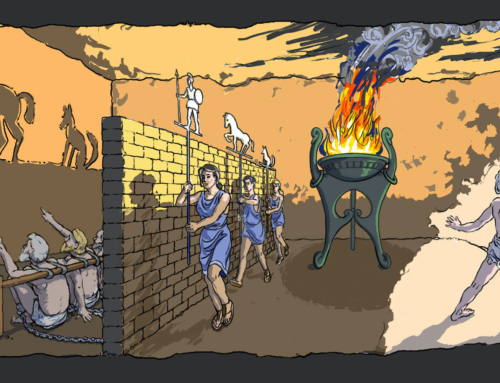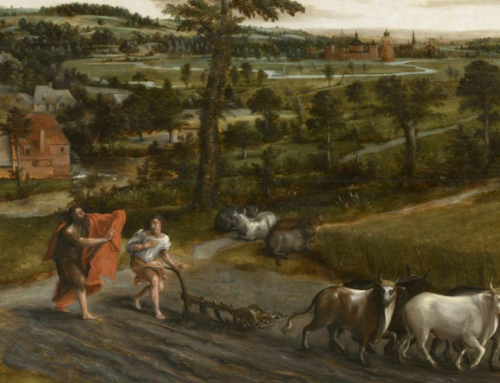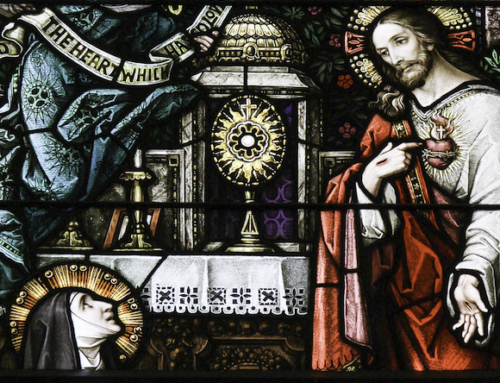Sometimes the solution to a problem seems so obvious that it’s hard to believe you could be wrong. You’re left wondering why so many bright people just don’t get it. Why won’t they wake up and see the right answer?
Over a year ago, I ran into just such a problem: the Boy or Girl Paradox.
It can be posed in the form of two simple probability questions.
Mr. Jones has two children. The older child is a girl. What is the probability that both children are girls? Again, Mr. Smith has two children. At least one of them is a boy. What is the probability that both children are boys?
The first case is pretty simple. If we assume the there is an equal chance that a child is a boy or girl and that one child’s being a girl does not affect the sex of the other, then the probability that the younger child is a girl is 1/2. Since we know already that the first child is a girl, the probability that both are girls is also 1/2.
The second case sounds almost exactly like the first one. We know that one of the two
children is a boy, and so, assuming the probability that the other is a boy is 1/2, we
conclude the probability that both are boys is 1/2. But, as it turns out, this is wrong. In reality, the probability that both are boys is just 1/3.
When I first read this, I was completely convinced that there had been a mistake, that the answer in both cases must be 1/2. I was stunned that an authority as august as Wikipedia could publish this error, and even more surprised that it could go uncorrected. Looking at the tables used to prove the claim only made me more convinced I was right.
In the first case, we know the older child is a girl, so we can eliminate both of
the possible scenarios in which the older child is a boy. This leaves two equally
likely possibilities: girl-girl and girl-boy. And each of these has a probability of 1/2:
| Older child | Younger child |
|---|---|
| Girl | Girl |
| Girl | Boy |
In the second case, we know that at least one child is a boy, which eliminates the
possibility of girl-girl but leaves three other possibilities, each with a probability of 1/3:
| Older child | Younger child |
|---|---|
| Girl | Boy |
| Boy | Girl |
| Boy | Boy |
On seeing this table, I thought, “Aha! I know where they made their mistake. After
all, what does birth order have to do with anything? If it had not been for the previous question, they never would have included birth order in this second table, and they would have seen that the probability is in fact 1/2.
I was more convinced than ever that I had beaten the professional statisticians.
Then came my comeuppance, in the form of my fellow Dominican, Br. Humbert—who just so happens to have a doctoral degree in mathematics.
After another brother had rehearsed the similar Monty Hall Problem and we were delighting in how it fools even the very brilliant, I recounted the Boy-Girl Paradox in a dismissive way, saying it was only an apparent paradox since, in both cases, the probabilities were 1/2. And then, much to my surprise, Br. Humbert pronounced the probability of the second scenario to be, in fact, 1/3.
Of course, it took a great deal of obstinacy to insist that someone with a PhD in
probability theory had been fooled by the irrelevant datum about birth order, but
somehow I mustered it. I just kept saying, “We know one is a boy, and the probability
that the other is a boy is 1/2, so the probably that both are boys must be 1/2.”
Finally, Br. Humbert said, “What is the ‘other one’ you’re talking about? To talk about
the ‘other,’ you need to specify one.” Then and there, in a flash, I was convinced of
something that, for a whole year, I had thought was completely wrong. I now realized
that both boy-girl and girl-boy are possibilities, because, although we know that one of the two is a boy, we don’t know which one. Birth order is a just a convenient way of
specifying one child or the other.
What had misled me was that, on first hearing the problem, I had pictured a boy in my
imagination. I had made concrete what was rightly abstract. And I persisted in my error
because of the way in which the question was framed. It seemed that the author had mistakenly included an irrelevant piece of information: birth order.
The same problem can confront us when we talk to others about God. Sometimes people
reject God because of the way they imagine him—as, say, a complex being—even though this imaginative picture can’t possibly be true. Or, to take another example, the problem of human origins is often framed in terms of “slow evolution versus creation by a super intelligence,” and this leads many to regard all forms of theism as silly or all believers as ridiculous.
Such misapprehensions can become very ingrained and very difficult to clear up. It is
all the more important, therefore, that we present the truth in such a way that it can be accepted. May God, the Father of Lights and the source of all wisdom, give us the grace to do so.
✠







